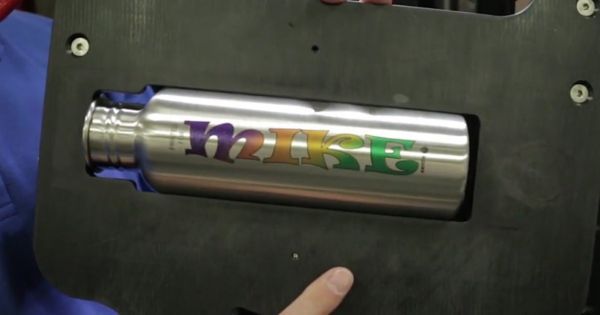
Now this, this will accelerate AI autonomous capabilities. However, still should be done with a QC secured infrastructure.
WASHINGTON — The Pentagon’s research agency has a new challenge for scientists: make wireless radios with artificial intelligence that can figure out the most effective, efficient way to use the radio frequency spectrum, and win a pile of cash.
Winners of the Defense Advanced Research Projects Agency’s (DARPA) Spectrum Collaboration Challenge (SC2) could take home up to $3.5 million, but to do that, teams will have to demonstrate new technologies that represent a “paradigm shift” with both military and commercial applications, said Paul Tilghman, a DARPA program manager who is leading the challenge.
“The real crux of the problem is — when you look at users of the spectrum, whether they are commercial users of the spectrum, whether they’re consumers or they’re the military — the thing that is ubiquitously true is we all are placing more and more and more demand on the spectrum, and all of that demand is really adding up.









